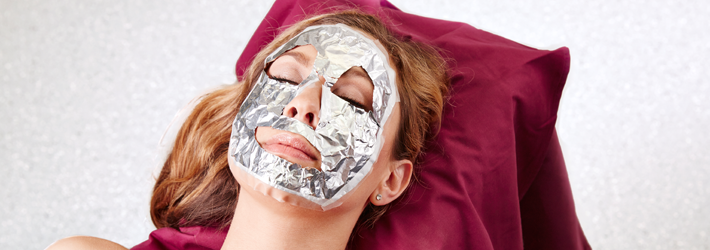
Photodynamic therapy (PDT) is the proven method for skin rejuvenation and for the treatment of photodamage. It stimulates the new formation of collagen and the regeneration of the skin from within – for healthy and visibly younger and tighter skin.
The main advantage: With PDT, early forms of skin cancer with concealed cell changes that are not yet visible can be identified and treated.
Our face, backs of our hands, lower arms and even scalp are constantly exposed to the sun while we are outdoors. The drawbacks of heavy UV irradiation often don't become clear for many years: Collagen has been destroyed, the epidermis is thinner and thus wrinkled and rough. In the worst case, the skin already has chronic damage. Cells with pathological changes can be destroyed using PDT. In the days following the treatment, the body sheds these cells and replaces them with fresh, healthy skin cells.

First, skin flakes and areas of keratinization are removed from the skin surface to be treated so that the PDT can penetrate evenly into the skin.
To do this, we use two different methods here at Rosenpark Klinik:
Then the doctor applies the photosensitizing cream and covers it with a dressing. During the three hours the cream is allowed to work in, the active ingredients in the cream accumulate in the upper layers of the skin and especially in the altered skin cells: They become photosensitive. Then during the subsequent eight-to-twelve-minute exposure to a special light, these cells are selectively destroyed.
No anesthesia is needed for PDT with curretage pretreatment.
If the Solta Fraxel re:pair® or Palomar Starlux® 2940 lasers are used, we apply a cream for local anesthesia or briefly sedate the patient. For more information about your options for a comfortable, pain-free treatment see the anesthesia section.
Redness and swelling disappear after a week and only a few small scabs can still be seen. After no more than a week, the redness can be completely concealed with makeup.
Are you interested in a no-obligation personal consultation for the photodynamic therapy at Rosenpark Klinik? We would be happy to schedule an appointment for you.